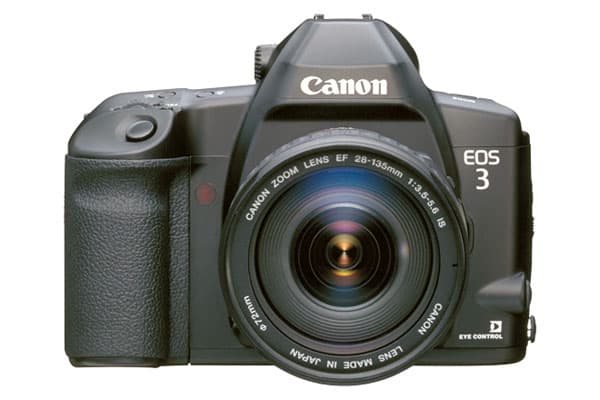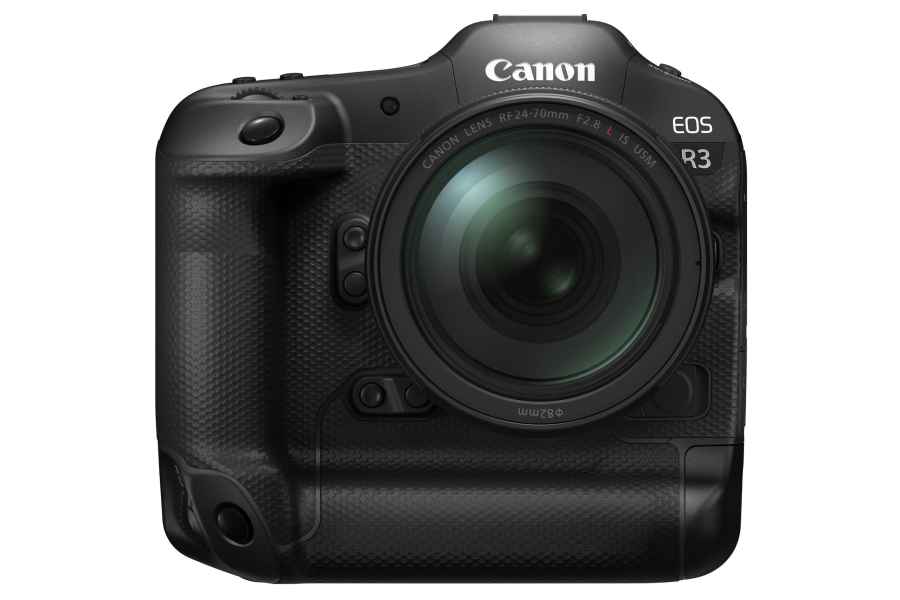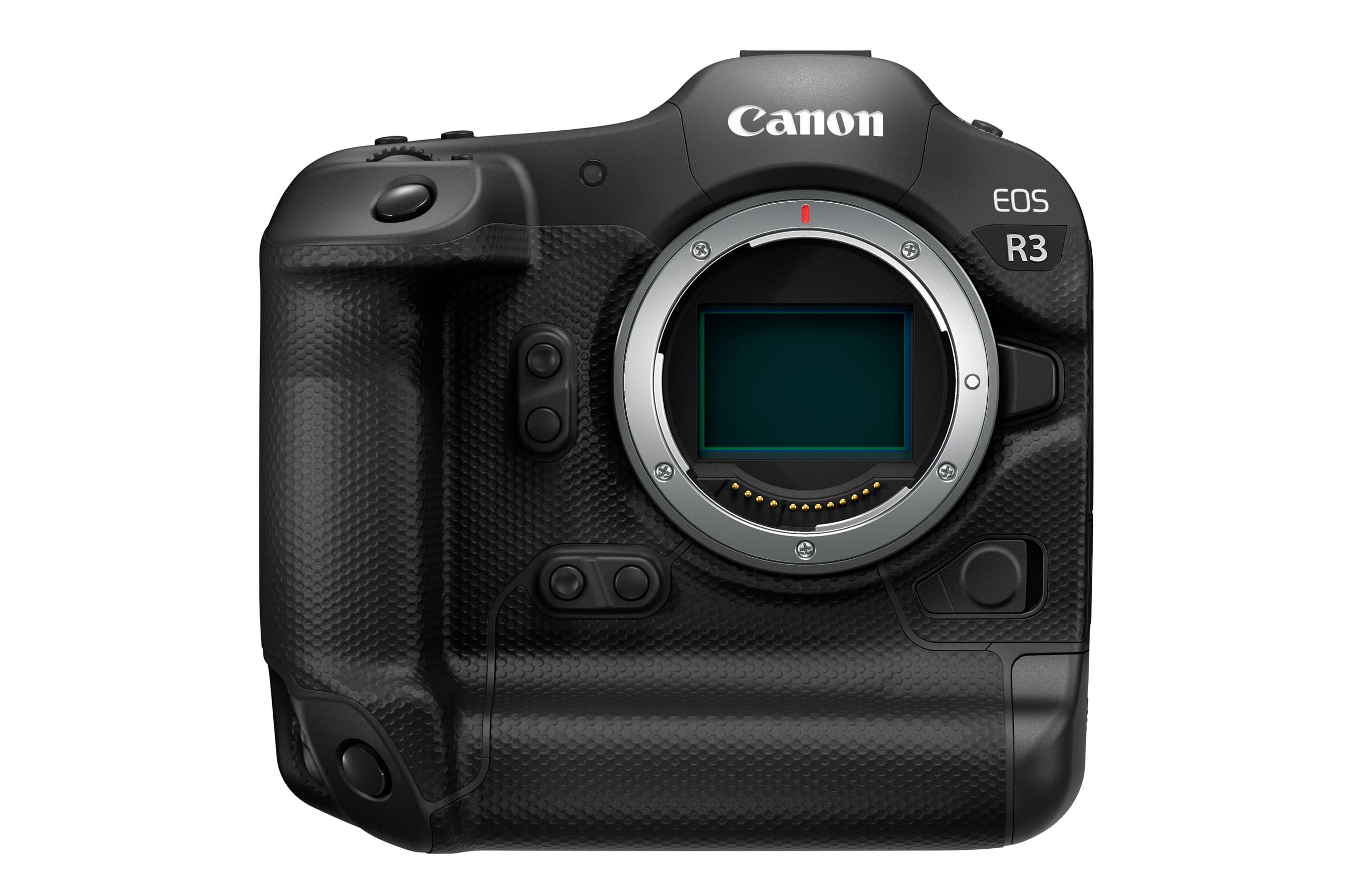Hot on the heels of Nikon revealing that it’s working on the high-speed Z 9, and with more than half an eye on the upcoming Tokyo Olympics, Canon has announced that it’s working on a pro-spec full-frame mirrorless camera, the EOS R3. As with the last year’s launch of the EOS R5, the firm has initially released just a few tasty details, including some promising new features and the long-overdue return of an old favourite.
First up, the camera is based around a new, Canon-developed back-illuminated full-frame stacked-CMOS sensor which will be paired with its Digic X image processor. This promises rapid readout speeds to minimise rolling shutter effects. As a result, the firm says users will be able to shoot at 30 frames per second with full autofocus and exposure tracking along with low image distortion. But there’s no word yet on either resolution or ISO sensitivity range.
Secondly, the sensor is also claimed to facilitate a next-generation Dual Pixel CMOS AF system, in which every pixel can be used for phase detection autofocus. The firm is promising high-speed tracking of subjects’ eyes, heads and bodies, and teasing the addition of a new subject to the camera’s AI-based AF tracking system, alongside the existing humans, animals and eyes.
Just a glance at the product shots Canon has released reveals that the EOS R3 will have an integrated vertical grip. The firm is promising the same level of durability and weather resistance as its top-end EOS-1 series models, and while little is visible of the camera’s controls, we’d expect a similar button-based interface. But it’s sure to integrate all the improvements the firm has made with the EOS R5 / R6 design.
Photographers who remember the firm’s 1990s-vintage 35mm SLRs will be familiar with the concept of eye control focus, which will be making a long-overdue return on the EOS R3. The camera detects whereabouts in the viewfinder the photographer is looking and positions the focus point accordingly, with no need to use a multi-controller. This feature was last found on the semi-pro EOS 3, which may go some way to explaining the new model’s naming. With any luck it’ll be more reliable than it was back in 1998, though.

Canon used eye-control focus on several 35mm film SLRs, including the semi-pro EOS 3
The final snippet that Canon has made public is that the EOS R3 will be fully compatible with the firm’s Mobile File Transfer smartphone app. This allows users to transfer images to news desks using their mobile network services, and not have to rely on wired LANs.
That’s all we know for now – anything else is purely speculation. Chances are Canon will continue to tease us with titbits of additional information before launching the camera for real in a couple of months’ time.
See also:
Canon is developing the sports-focused EOS R3
All-new Canon RF 100mm F2.8L Macro IS USM for full-frame mirrorless
Revamped Canon super-telephotos for RF mount







